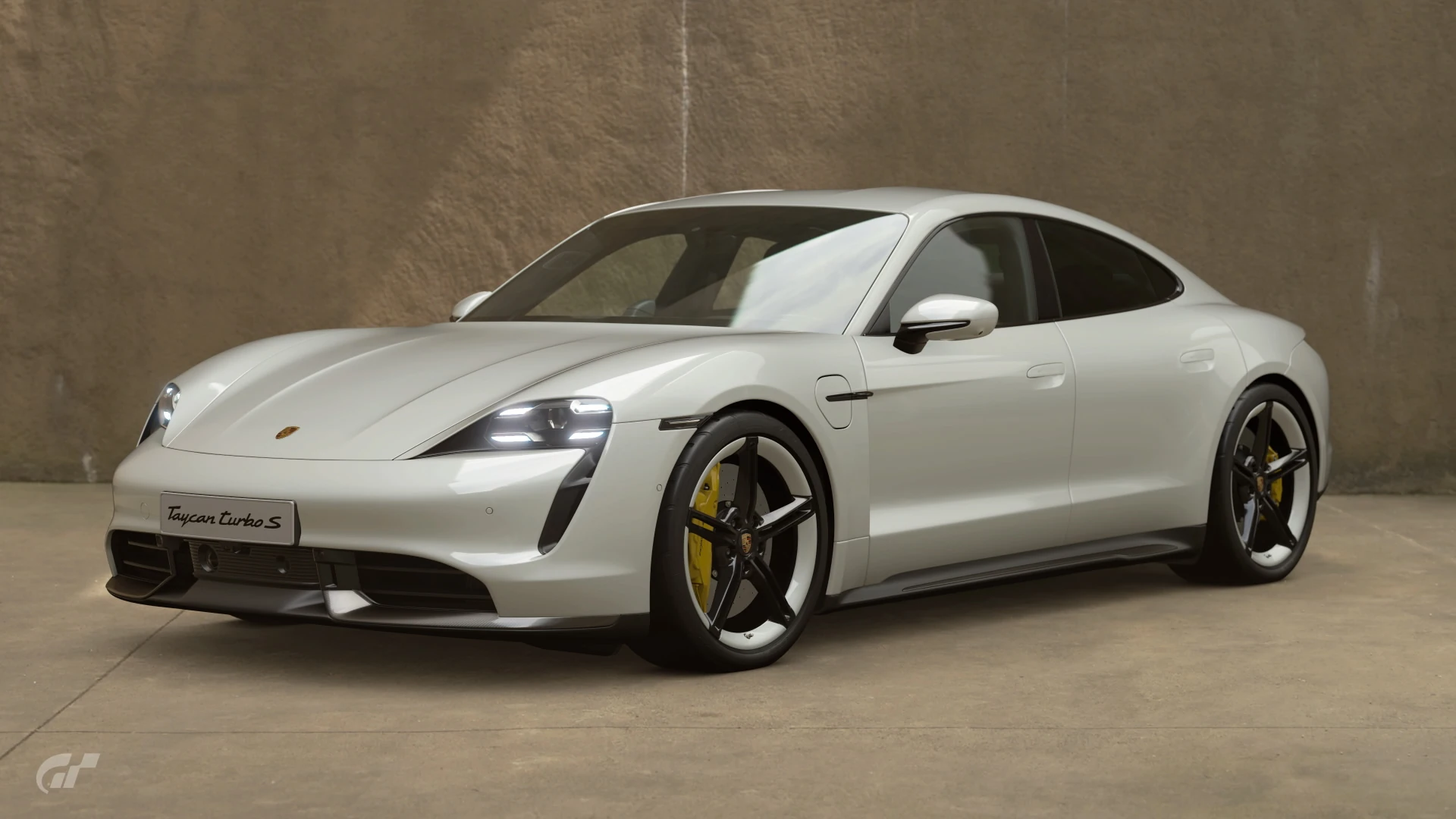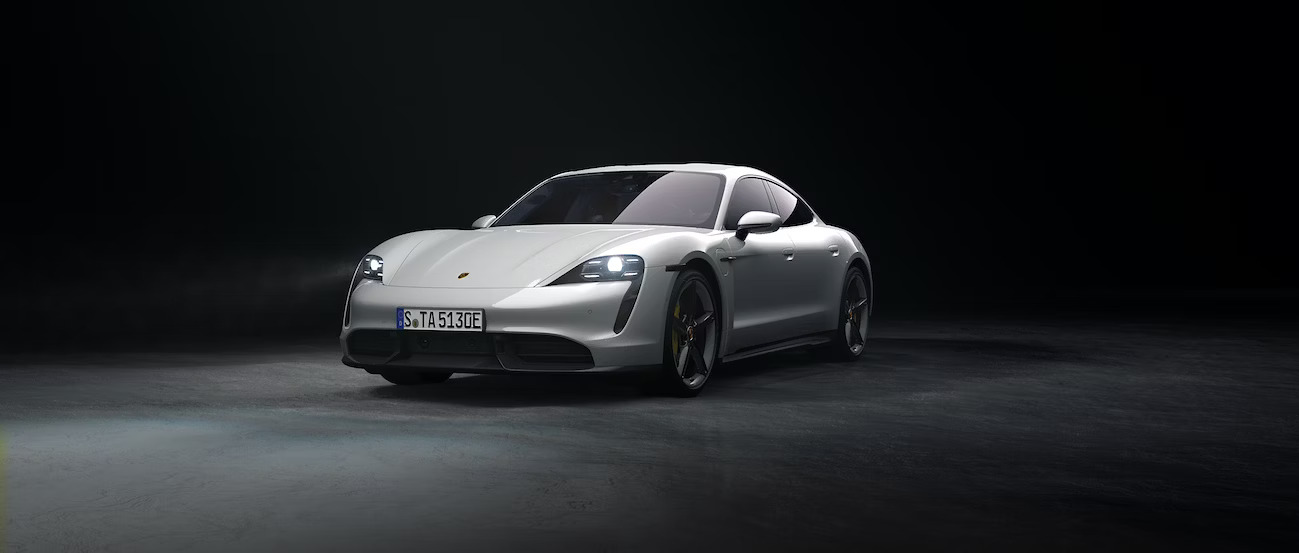In 2020, the Porsche Taycan Turbo S faced considerable criticism due to the “Turbo” label on its rear, despite its undeniable turbocharged speed. With a 2.4-second 0-60 mph sprint and a quarter-mile time of 10.5 seconds at 130 mph, it couldn’t be dismissed as mere hype. However, recent testing of a 2023 Turbo S revealed a surprising twist: the newer model exhibited significantly higher top-end speed.
Both cars boast an identical 2.4-second acceleration to 60 mph, but the 2023 Turbo S consistently outpaces its predecessor thereafter. It reaches 90 mph in 4.7 seconds compared to the older model’s 4.9 seconds, completing the quarter-mile in 10.3 seconds at 132 mph, down from 10.5 seconds at 130 mph. Further, the fresher variant hits 120 mph in 8.3 seconds instead of 8.8 seconds, and at the 150-mph mark, it records a time of 14.2 seconds, while the earlier model takes 15.2 seconds.

The key to this performance disparity lies in a term that echoes the car’s turbocharged heritage: boost, specifically, overboost. In the electric vehicle (EV) realm, overboost enables short bursts of enhanced performance by allowing more power to flow to the motors. However, this must be carefully managed to prevent excess heat build-up. In the Taycan Turbo S, overboost only activates in Sport Plus mode under launch-control conditions, making it a rare occurrence. The duration of overboost also plays a crucial role.
Initially, the Taycan Turbo S allowed overboost to persist for just three seconds. In later iterations, this duration was extended to a full 10 seconds. Porsche made this adjustment based on a deeper understanding of customer behavior and ongoing testing to enhance their EV offerings. The impact of this change is evident in the notable performance improvements observed in the test results.
These enhancements stem from two software updates implemented after the car’s launch. The first, in August 2020, introduced features like Plug & Charge, Battery Save mode, a color head-up display, and a subtle performance update related to the front motor’s power deployment. The more significant second update in March 2021 addressed raw performance issues, partially in response to the introduction of the rear-drive Taycan.

The unique challenges posed by the rear-drive Taycan led to a clever Range mode strategy, applicable to all-wheel-drive (AWD) models as well. Though overboost isn’t relevant to the rear-drive variant, the three-to-10-second boost duration was applied universally in this update.
Owners of earlier models may have received these updates without explicit notification. Porsche performs such updates routinely during dealer visits, especially for safety- and performance-related improvements. The message to 2020 and early 2021 Taycan Turbo S owners is clear: a visit to the dealer may unveil untapped performance, particularly for those who appreciate the overboost feature. To check the updated status of early AWD Taycans, owners can engage in range mode and inspect the traction display for driving wheel information.
While some may question why an electric vehicle needs dealer attention, it’s crucial to note that the Taycan represents Porsche’s initial foray into the EV realm. The company continues to refine its electric offerings and values direct communication with its users. While open to sharing new developments, Porsche remains cautious about relying solely on over-the-air (OTA) updates, emphasizing the importance of routine dealer visits for certain updates.

